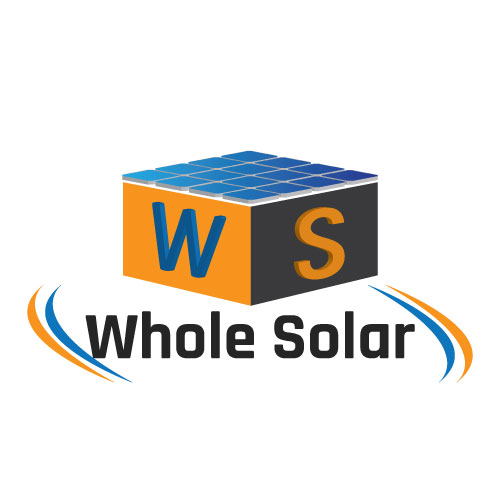As the global energy landscape is moving on the way to sustainability, solar technology is turning up as a key player in the energy transition.
For businesses, looking to stay ahead of the curve must understand the future of solar technology and its potential impact on operations, costs, and sustainability goals.
Here’s what businesses need to know about the future of solar technology.
1. Advancements in Solar Panel Efficiency
One of the most significant trends in solar technology is the ongoing development in solar panel efficiency. Widely used solar panels are Traditional silicon-based solar panels, but their efficiency is reaching its theoretical maximum. To overcome this, researchers are looking for new materials and technologies.
For instance, perovskite solar cells have shown great promise. The production cost of these materials are low and can achieve higher efficiency rates than traditional silicon cells. While still in the experimental stage, perovskite cells could metamorphose the solar industry by providing a more cost-effective and efficient alternative.
Another advancement is the development of bifacial solar panels, for example Renewsys Solar Panels. Unlike traditional panels that are made to only capture sunlight on one side, bifacial panels can absorb light from both sides which increases the overall energy production. These panels are especially effective in environments with high albedo, such as snowy or sandy regions, where reflected light can significantly boost energy output.
2. Energy Storage Innovations
The future of solar technology is closely related to improvement in energy storage. Solar energy is intermittent by nature, depending on sunlight availability. To overcome this, innovations in battery storage are important.
Today the most popular storage solution is Lithium-ion batteries, but they have limitations, such as high cost and limited lifespan. New technologies like solid-state batteries and flow batteries are emerging as potential game-changers. Solid-state batteries provide higher energy density and safety, while flow batteries provide longer duration storage, making them ideal for large-scale solar projects.
For businesses, these developments mean more reliable access to solar power, even during periods when sunlight is low. As storage costs minimize and efficiency improves, the integration of solar energy into corporate energy strategies will become more feasible and financially attractive.
3. Integration with Smart Grid Technologies
As solar technology improves, its integration with smart grid systems is becoming increasingly important. Smart grids use digital communication technology to monitor and regulate electricity flow more efficiently.
For businesses, integrating solar power with a smart grid allows for better energy management. For example, during periods of peak sunlight, excess energy which is generated during this time by solar panels can be stored or fed back/ given back into the grid, reducing energy costs and contributing to grid stability. Smart grids can also optimize energy usage based on real-time data, enabling businesses to use energy more efficiently.
Moreover, the development of microgrids—localized grids that can operate independently from the traditional grid—offers businesses increased energy security. By combining solar power with energy storage and smart grid technology, businesses can be assured of a stable and resilient energy supply, even during grid outages.
4. Solar Energy and the Internet of Things (IoT)
The coupling of solar technology with the Internet of Things (IoT) is another trend that businesses must watch. IoT devices can monitor real time solar panel performance, providing valuable data which can be used to optimize energy production and maintenance schedules.
For instance, IoT-enabled sensors can detect and let you know which a solar panel is underperforming due to dirt or damage, prompting immediate maintenance to restore efficiency. This proactive approach can reduce downtime and increase the overall efficiency of solar installations.
Additionally, IoT devices can be used to automate energy usage within a business. For example, an IoT system could adjust lighting and HVAC systems based on the amount of solar energy being generated, further reducing energy costs and improving sustainability.
5. The Impact of Solar Technology on Business Models
As solar technology continues to develop, it will likely have a huge impact on business models across various industries. For instance, companies that invest in solar technology may find new revenue streams by selling excess energy back to the grid or by offering energy-as-a-service models to other businesses.
Moreover, businesses that adopt solar technology early may gain a competitive advantage by reducing energy costs and increasing their sustainability credentials. This can lead to improved brand reputation, customer loyalty, and even attract investment from socially responsible investors.
Conclusion
The future of solar technology is bright, with numerous developments on the horizon that will make solar power more efficient, reliable, and accessible. For businesses, staying informed about these developments is crucial for making strategic decisions that can enhance sustainability, reduce costs, and improve operational efficiency. By embracing the future of solar technology, businesses can position themselves as leaders in the transition to a sustainable energy future.

